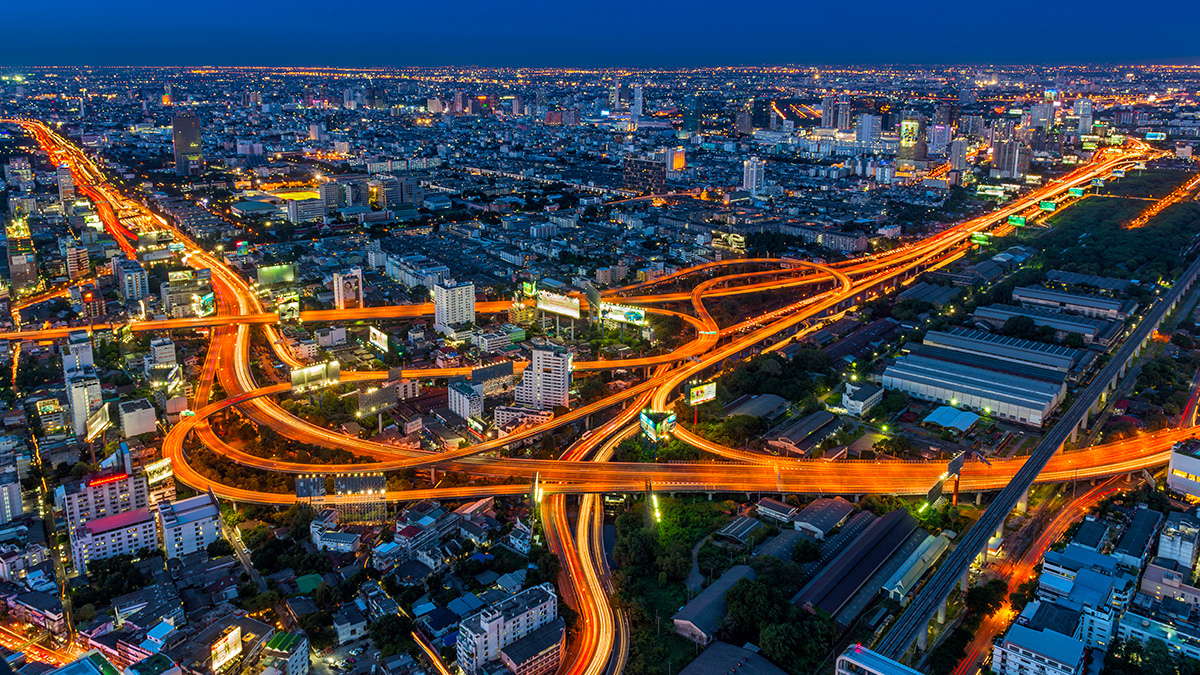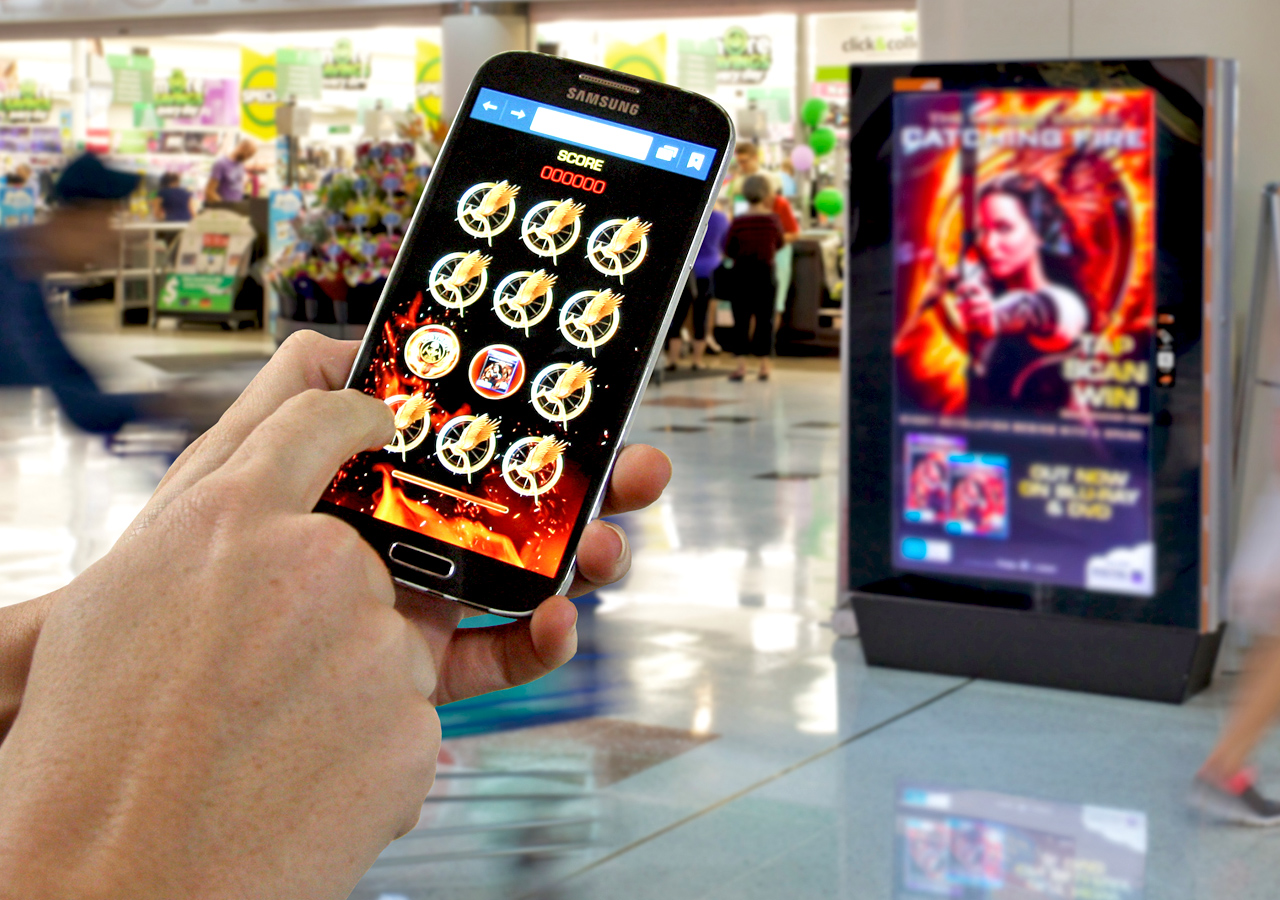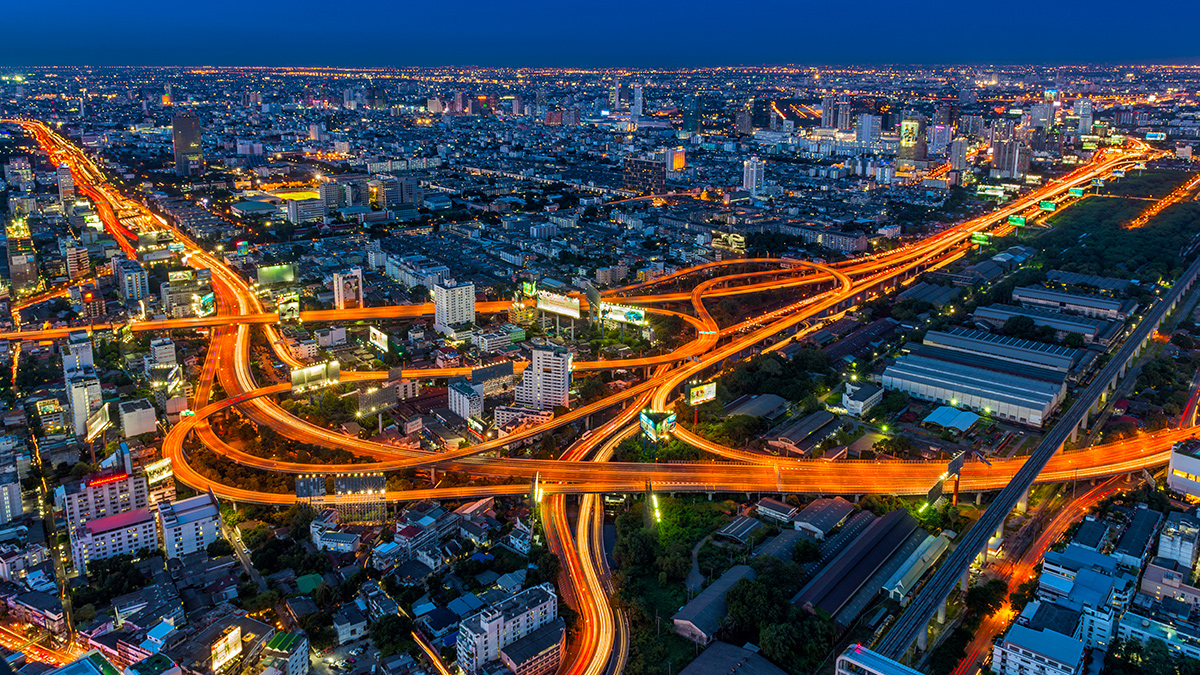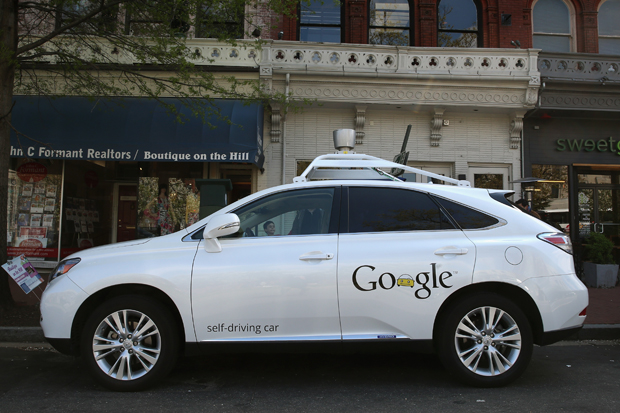
Disruptive change brings opportunities. Amidst today’s changing media business, fundamentals favor out of home (OOH) advertising. Consumers are outside the home more often than ever, and nearly everyone is connected through mobile technology. OOH intersects these active and connected consumers making them stop, think, and notice.
Much of the change impacting the OOH industry today is derived from outside forces, while others factors will result from choices the OOH industry makes collectively. Trends resulting from either internal decisions we make as an industry or external forces will be transformative, and the OOH industry must be ready and willing to embrace the opportunities as they emerge.
Urbanization
Perhaps more than any other factor, the impact of OOH advertising on centralized urban audiences is accelerating as more people move to the inner city. Increased relevance to urban marketplaces has made OOH a top performer in media spend growth over the past several years, outpacing all offline media, and OOH’s share of the media market is growing.
Mobile Integration

The fact remains, mobile is OOH’s new BFF, and our futures are tied together. OOH and mobile can work synergistically together to boost reach, impact, and effectiveness.
Industry leaders must be willing to leverage the vast opportunities that mobile presents. We must collectively reframe our value proposition so it’s clear OOH is complementary to mobile, and we must make sure that every advertiser knows how OOH is the accelerator and amplifier of mobile advertising.
Why? Because that’s where the money is flowing. By linking our future more closely with the tidal wave that is mobile media, we are making a smart bet on where advertising dollars are going.
Data-Driven
The OOH ecosystem has evolved into a dynamic landscape of integrated technologies, infused with endless data, and accentuated with boundless creativity. Today, brands are accessing critical OOH information using exchange platforms built from highly targeted data sets, which then translate planning objectives into strategies. The result is OOH media plans that reach people where they shop, work, live, and play.
In the future, advertisers will buy OOH not just for its prime locations or high-quality audience, but for the amazing intelligence that we provide about their customers. Where they came from. Where they’re going. What they’re buying. And in response to what messages.
More data translates to better insights made available at faster speeds.
The Connected City

Because of OOH distribution and coverage across cities, the OOH industry is well positioned to support the growing interest in smart cities. The OOH industry can help, making OOH assets more valuable.
One way cities are getting smarter is through WiFi geo-fencing and beacons. These technologies let machines talk to other machines. The opportunities are just beginning to flourish. Kickstarter is a popular crowdsourcing site where several US cities have started funding projects intended to improve infrastructure. The top five cities curating technology projects are Long Beach, San Francisco, New York, Minneapolis, and Los Angeles. All these cities and many others are looking for partners willing to develop smart services. OOH can help.
Autonomous Cars

There is little doubt autonomous vehicles will impact the OOH industry in some way, but it is too early to understand the overall implications. However, companies must be willing to invest. Government agencies must be willing to change policies. Consumers must be willing to change behaviors. The OOH industry must be willing to recognize the potential impact this emerging technology will have on our business and respond accordingly.
In advertising today, proximity has become more important than ever before. OOH advertising is a proximity medium, aligning people with places and messages. OOH fits today’s media strategies perfectly.
Download the PDF
Published: March 29, 2016